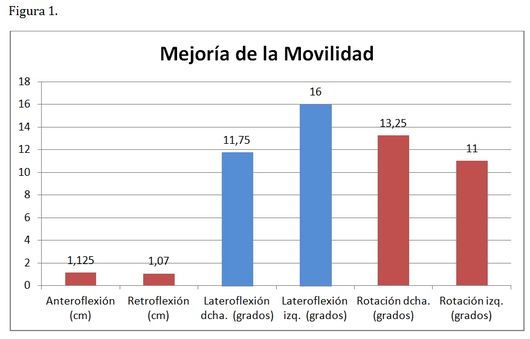Switch language or website
Switch Language
Other countries and websites
AtlasPROfilax® is available around the world in many languages. Please select your region to switch to another website.
The present study is a pilot study. On the basis of a small number of 20 patients it is intended to evaluate the effectiveness of the correction of the first cervical vertebra with the AtlasPROfilax® Method on the mobility of the cervical spine.
The AtlasPROfilax® method has already been described in a separate section. It is a harmless massage which is performed without manipulation of the cervical spine, without impulse and without movement of the head, and can be performed at any age. It is only done once.
The range between chin and sternum is measured in maximum anteroflexion (inclination of the neck to the sternum) and in maximum retroflexion (hyperextension of the neck backwards) before and after the Atlas correction with AtlasPROfilax®.
In addition lateroflexion (lateral tilt) in both directions and rotation (rotation of the cervical spine) in both directions were measured up to 90°, although in many cases the mobility exceeded this figure.
The measurement of the mobility of the cervical spine was carried out immediately before and after the correction of the Atlas.
All corrections were made by the author of the study, who perfectly masters the AtlasPROfilax® Method and is an experienced Orthopedist and Expert who guarantees the veracity of the results.



From a randomly selected sample of 20 patients aged 31-64 years, who were tested with the AtlasPROfilax® method only once, a noticeable improvement in the mobility of the cervical spine in all directions could be documented. In relation to the left hand side bending the surprising result of 38.5% improvement was obtained. The Atlantoaxial joint - called the "No Joint" (Nein-Gelenk in German) - is responsible for most of the head rotation. The Atlas and the head rotate in synchrony with the Axis. In this case the Atlas rotates first in the direction of an Atlas rotation of about 10°, so that the Axis rotates with the Atlas at the same time (1).
The other vertebrae then also participate in this movement. The total mobility of the cervical spine is obtained from the sum of each of the moving segments.
In this case the head joints participate mostly in the rotation. The degree of rotation is reduced from cranial to caudal. The surplus or extra rotation of the Atlas compared to the Axis is increased with an increasing rotation of up to 30° (Dihlman 1987). Dvorak (1988) gave an average rotation between the Atlas and the Axis of 41.5° to the right and 44° to the left. The rotation between the occipital and the Atlas is specified as 4.5° to the right and 4.1° to the left.
The results show a base influence of the mobile segments Occipital-Atlas and Atlas-Axis on the total mobility of the cervical spine.
No worsening of mobility was documented in any of the subjects examined.
Future studies with a larger number of patients and various age groups will investigate in more detail the improvement of the mobility of the cervical spine as an unequivocal consequence of the Atlas correction with the AtlasPROfilax® Method.